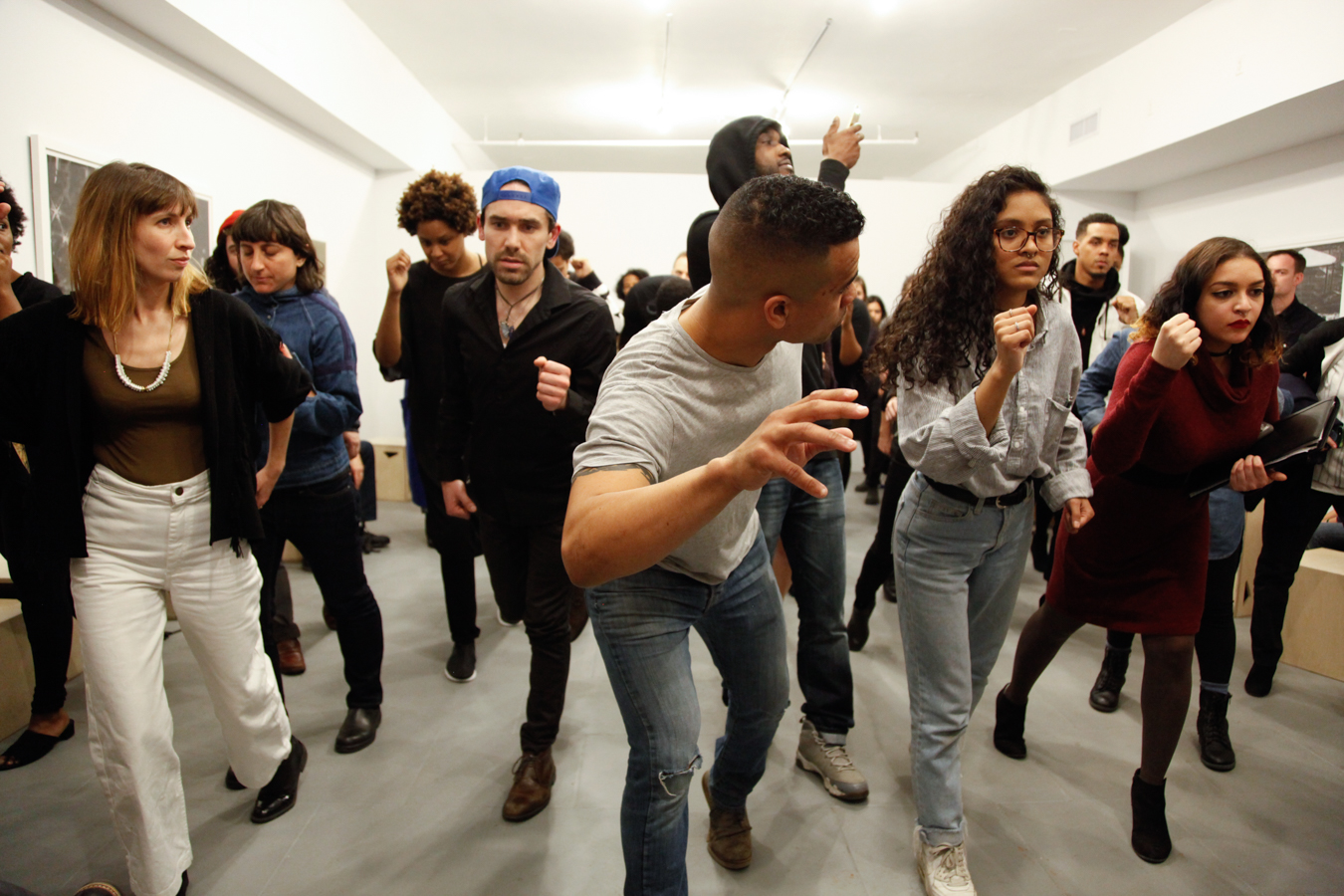I, too, have recommended the framework proposed by the OF/BY/FOR ALL Change Network, which among many external and internal actions, calls for the adopting of an accountability and incentive program for all staff to be literate about race, racism, and white supremacy. There, again, is a start. But with institutions’ foundation in colonialism, whiteness and its accompanied Eurocentrism seems to always reshape itself around reform—containing efforts of diversity, equity and inclusion to an office or initiative.
So the question we must then ask is, “What fear prevents an institution from actualizing real change?” And yes, while I am a proponent for rethinking the model of a museum (as an example) entirely as Yesomi Umolu so insightfully breaks down—pointing cultural work and knowledge production toward a more community embedded, decolonized process—I still believe leadership from within museums and organizations cannot and will not just step aside.
I recently wrote for The Art Newspaper, “White art institutions will never truly commit to the work, the necessary dialogue, if the individuals that make up these institutions and systems are not assessing and grappling with their own white identity. That is what is missing. Until white individuals move beyond addressing the murder of George Floyd and instead move to identify officer Derek Chauvin within themselves, their work will not bend toward anti-racism.”
Indeed, we forget institutions are made up of individuals and that those individuals with power will seek to find excuses, whether consciously or not. So, we must start with the individual. No reading list, open forum, or strategic planning session will force a white individual to see within themselves—to discover how they’ve caused pain to black and brown bodies and how they’ve upheld systems that cause harm. There is too much fear providing that blockage. And this fear can only be located in the body and psyche.
These teams of individuals, consisting of boards, executive officers and staff, must therefore invest in somatic work—a reckoning of one’s own embodied white identity. We, too, forget that the trauma of racialized violence is embedded in white bodies, as Sarah Bellamy so eloquently describes. The continued ways in which white leadership at institutions continues, then, to look away or bury their necessary work is a means of disguising or assuaging the discomfort and ugliness of owning and thus ridding themselves of their white racial inheritance.
It is this fragility in owning racial inheritance that prevents a true commitment toward the work of racial justice. To assess one’s own white identity is to open oneself to a vulnerability that will lead to a destabilized state—one which very well may point to the ways one’s role in their personal and professional lives has led to the harm of BIPOC.
A somatic practice asks participants to more deeply and honestly convey who they are by expressing the experiences they hold with their bodies. By starting with our bodies, we remove the excuses and lies we tell ourselves to assure our world views, and instead, make room to see what fear is in the way of truly connecting with those outside our assumed identities. By creating a space for non-verbal communication this work uncovers the emotional core of our personal narratives in order to locate the shared humanity in our lived experiences. Displaying a sense of interconnectivity allows a body of individuals to commit to each other and the work at hand from a different starting point—assessing how and where power operates, and directly addressing assumptions of both difference and similarity while implementing a system of acknowledgment and care. Most importantly, this kind of art practice can help us see beyond our current realities and conflicts onto a future of possibility. A possibility that then dictates the development of shared tools to imagine what a collective future looks and feels like, while visualizing the necessary steps for getting there. This is what abolitionism carves out as both a philosophy and political strategy.
This is the place where institutions must start. The pace and rhythm of work spaces do not, however, often allow for the slow processing and stillness required to do this type of work. But now, organizations have been given time. And while many are making difficult decisions regarding their survival and relevance, they should consider this reckoning to be at the absolute forefront.

